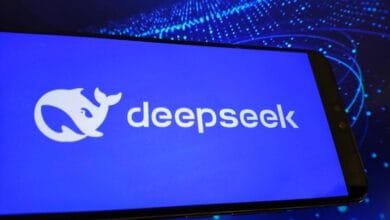DeepSeek Launches Upgraded R1 AI Model on Hugging Face

▼ Summary
– DeepSeek released an updated version of its R1 AI model on Hugging Face, announced via WeChat.
– The R1 update is minor and available under a permissive MIT license for commercial use.
– The Hugging Face repository lacks a model description, containing only configuration files and weights.
– The updated R1 model is large, with 685 billion parameters, making it unsuitable for consumer hardware without modifications.
– DeepSeek gained attention earlier this year with R1, which rivaled OpenAI’s models, but faces regulatory concerns in the U.S. over national security risks.
DeepSeek has unveiled an enhanced version of its R1 reasoning model on Hugging Face, marking another step forward for the Chinese AI startup. The company announced the update through its official WeChat channel, describing it as a minor but significant refinement to their existing technology. Available under the permissive MIT license, this iteration maintains commercial usability while packing substantial computational power.
The Hugging Face repository currently hosts the model’s configuration files and weight parameters—the core elements dictating AI behavior—without additional documentation. With 685 billion parameters, the upgraded R1 represents a heavyweight in machine learning, far exceeding typical consumer hardware capabilities. Parameters, essentially the model’s learned patterns, determine its predictive accuracy and complexity.
This release follows DeepSeek’s earlier success with the original R1 model, which challenged established players like OpenAI in performance benchmarks. However, the startup’s rapid advancements have drawn scrutiny from certain international regulators, with some expressing concerns about potential security implications of its technology. Despite these challenges, DeepSeek continues pushing boundaries in AI development through open platforms like Hugging Face.
The absence of detailed release notes suggests developers may need to experiment directly with the model’s architecture. For organizations with sufficient infrastructure, this update could offer new opportunities to leverage cutting-edge reasoning capabilities—provided they can handle the substantial computational requirements. As AI models grow increasingly sophisticated, balancing accessibility with performance remains an ongoing industry challenge.
(Source: TechCrunch)


